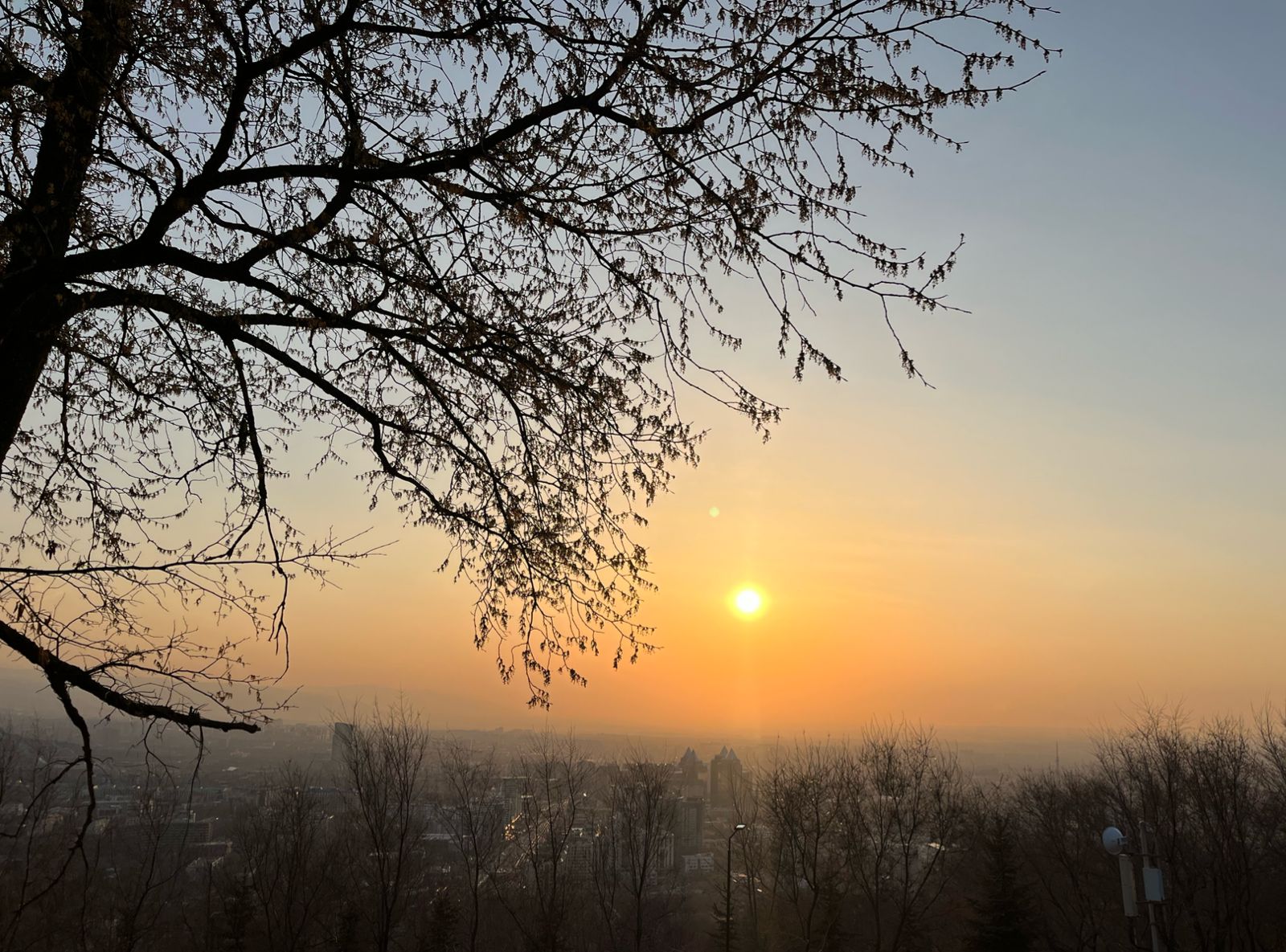During my recent visit to Kazakhstan, I had planned to visit the popular Kok Tobe mountain attraction in Almaty, known for its panoramic views of the city. What was intended to be a straightforward tourist experience turned into something much more authentic due to a simple miscommunication. I had booked a Yandex Go taxi to take me to Kok Tobe, expecting to arrive at the cable car station that would transport me to the mountaintop recreation area. Instead, the driver took me directly to Kok Tobe village, a residential area located on the mountainside – not the tourist attraction I had in mind. The driver dropped me off at what appeared to be the highest accessible point by road and when I realized the mistake and asked him to take me back down, he refused. This was notably the only unpleasant interaction I had with a local during my entire stay in Kazakhstan. Standing there, somewhat stranded and initially frustrated, I had to quickly reconsider my options.
This mishap, however, transformed into an unexpected opportunity to experience Kazakhstan beyond the typical tourist perspective. The village of Kok Tobe offered a glimpse into everyday Kazakh life that most visitors never see. The houses were modest, practical structures built along the sloping terrain of the mountain. Children played in yards, residents went about their daily routines, and none of it was staged or modified for tourism. The air was cooler at this elevation, and the silence was notable compared to the city below. As I began walking, I noticed small gardens where residents grew vegetables, clothing hanging to dry in the breeze, and the occasional curious glance from locals probably wondering why a foreigner was wandering through their neighborhood. I started taking a path that seemed to lead downhill, hoping it would eventually connect with a main road where I could find transportation back to the city or to the actual Kok Tobe attraction.

The walk down from the village turned out to be one of the highlights of my trip. The path offered stunning views of Almaty that rivaled those from the official observation deck. I could see the entire city spread out below, with its mix of Soviet-era buildings and modern developments, all against the backdrop of the vast Kazakh steppe extending to the horizon. The snow-capped peaks of the Tien Shan mountains provided a majestic frame to the scene. The trail itself was rugged and clearly not maintained for tourists – rocks, occasional mud patches, and wild vegetation lined the way. I passed a few local residents who nodded politely but seemed unsurprised by my presence. After about thirty minutes of hiking, I reached a road where I was able to get another taxi to take me to the actual Kok Tobe cable car station. The driver of this second taxi was friendly and curious about how I had ended up in the village, and we chatted about Kazakhstan and its rapid development in recent years.
When I finally reached the official Kok Tobe recreation area, with its restaurants, souvenir shops, and amusement rides, it felt notably different from the village I had just left. While the tourist area was well-maintained and offered excellent views and facilities, it lacked the authenticity of my accidental detour. Tourists from various countries posed for photos with the Beatles sculpture, rode the Ferris wheel, and browsed through souvenirs. The contrast between this sanitized tourist experience and my walk through the actual village was striking. Looking back, that miscommunication with the Yandex driver led to a much more memorable and genuine experience than I would have had otherwise. It reminded me that sometimes travel mishaps can become the most valuable parts of a journey. By accidentally stepping off the tourist path, I was able to see Kazakhstan not just as a destination but as a place where people live their everyday lives, far removed from the curated experiences designed for visitors. The unexpected hike showed me both the physical landscape and the human landscape of Kazakhstan in ways that a standard tour never could have.
